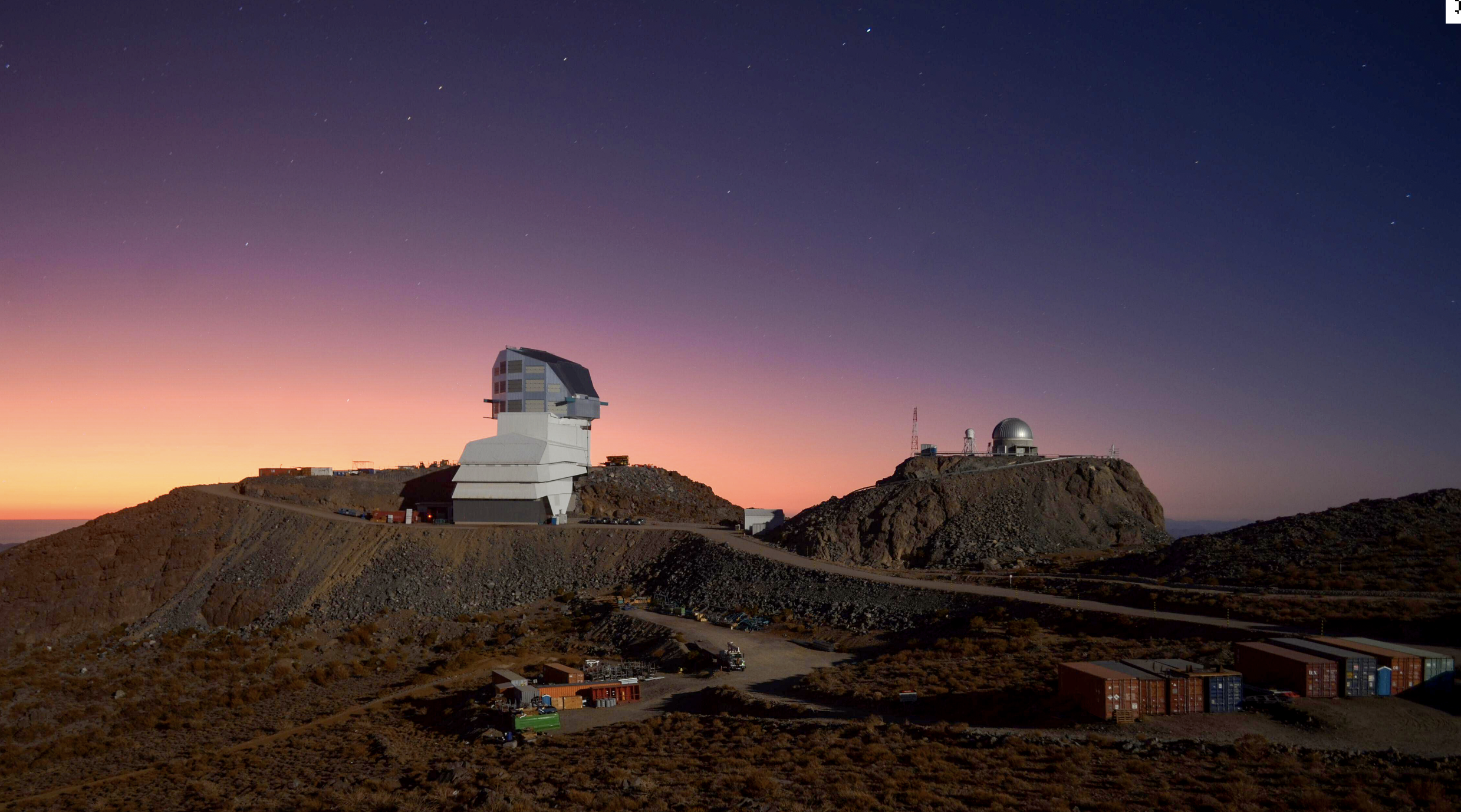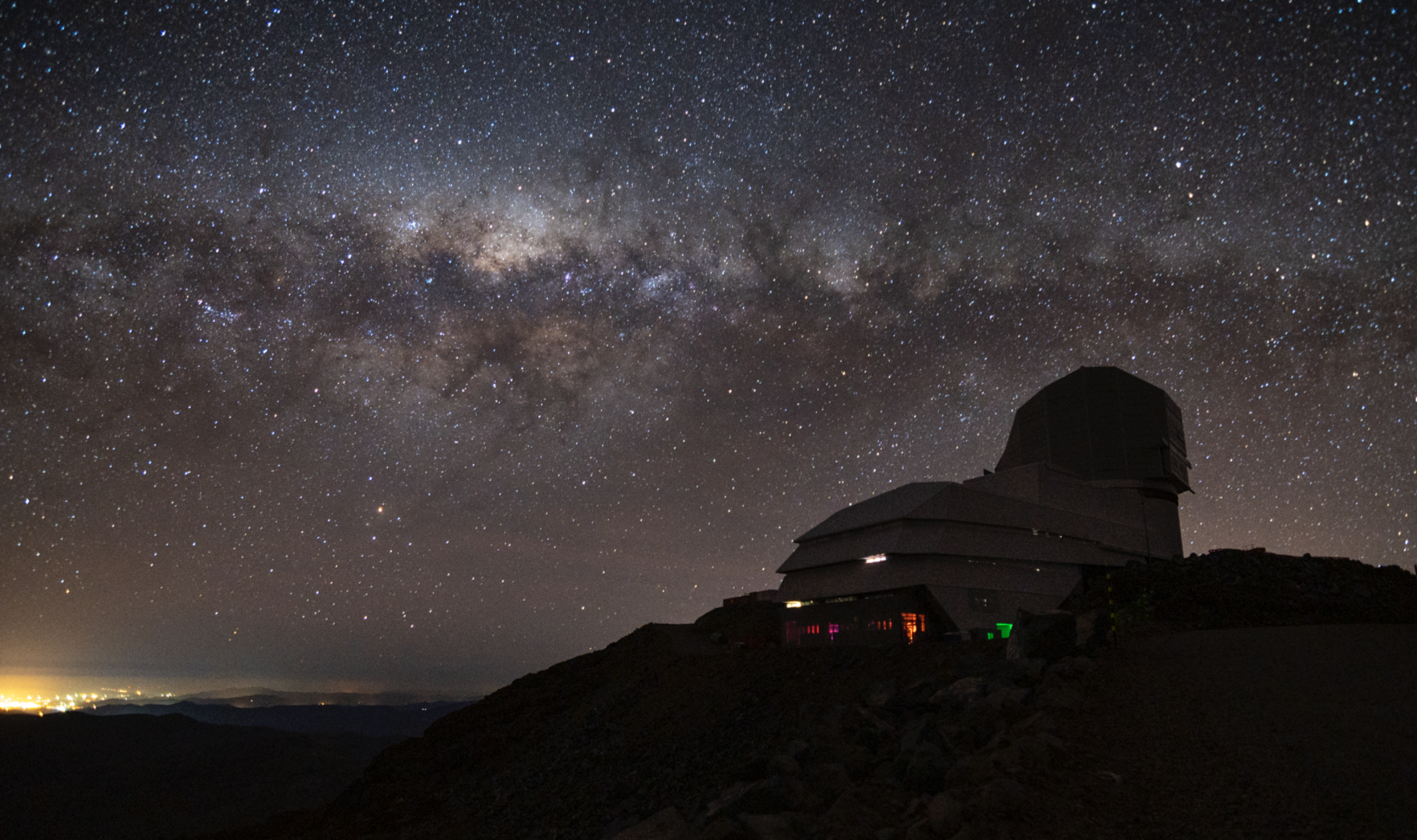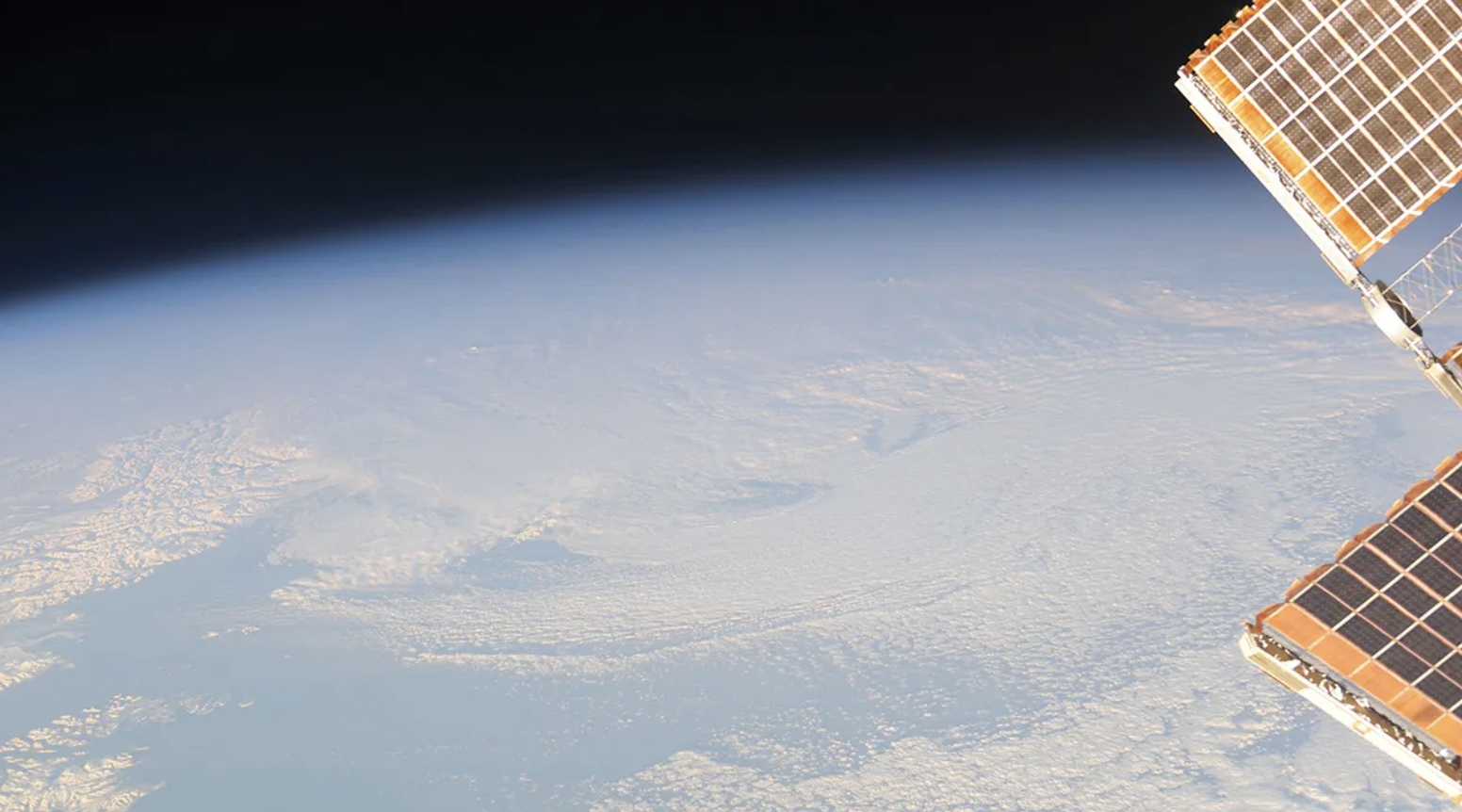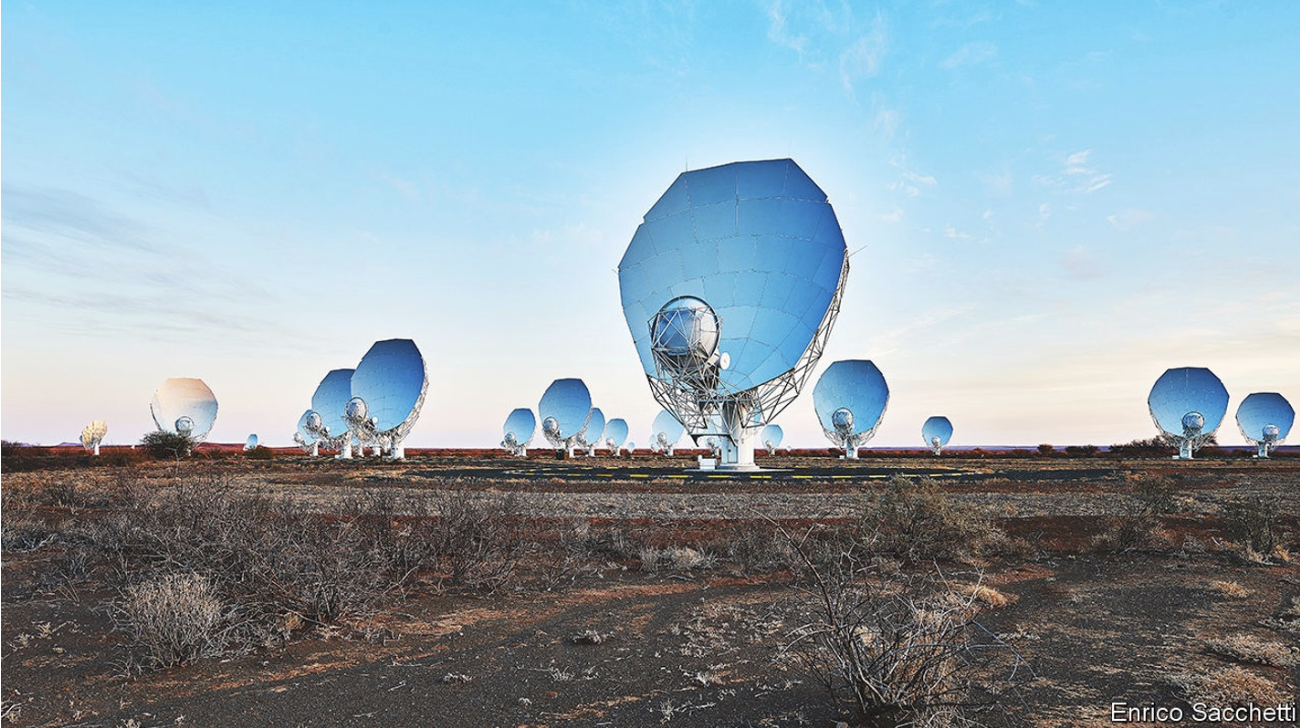If any alien civilisations have spotted the new supernova SN 2023ixf in the Pinwheel galaxy, they may use it to try to make contact.
Read More »Astronomers are using a new supernova to search for alien signals
June 9, 2023 | SPACE | Jonathan O’Callaghan




